03 Dec 2025
You might already have an email list or you might find yourself with one after a successful event or petition. Either way here are our tips to keep your email list engaged.
Know who's on your list
Tailoring the content of your email to suit the interests of your readers means more of your emails will be read. Don't assume people will want to read everything you send out.
Knowing how people joined your list and the topics they like can make a big difference. For example, if someone joined your email list after signing a petition on air pollution they'll probably want to hear about this issue again.
If you don't know much about who's on your list try sending a short survey to find out more.
Email tools like Mailchimp and Action Network can help by letting you identify and target emails to different groups e.g. those interested in a specific topic.
Stay in touch regularly
If someone’s taken action with you once it’s quite likely they’ll do so again. You just need to give them the opportunity.
Offer something to everyone on your list at regular intervals – from those happy just signing petitions to those who will come to a meeting every month.
Here’s some ideas to try. Test them out and see what works best for you.
- Take action – increase the impact of your campaigns with petitions and other online actions. See our guide to a great digital petition.
- Events – invite people to your events and share others that are happening.
- Meetings – send reminders in advance of your meetings.
- Campaigns – when there's something to say make sure to tell everyone.
- News – give regular updates on your work and share stories you come across.
- Surveys and polls – these can be great for engagement and gathering insight.
- Social media – direct people to your social channels as another way to follow the group.
Plan ahead
Send too many emails and people are likely to feel bombarded. Send too few and you risk being forgotten or ignored. Striking the right balance depends on what you’ve got to say.
That’s why it’s worth spending time planning. Decide when to send emails and what to say. Think about how often you’d like to get an email after signing a petition or attending an event. Unless someone is really engaged with your group sending more than one email a week is probably too much.
Map key milestones of your campaigns and plot your emails around them. Don't forget to factor in letting people know about the outcome of your campaigns and thanking them for their support.
Ask others in your group to look over the plans and offer a fresh perspective.
There are lots of great planning options out there:
- Online – e.g. Trello, Kanban. Here’s a Trello template
- Office – Here’s a plan for a petition launch. Excel has monthly planner templates too.
- Paper and pen – a big piece of paper and some sticky notes, a notebook.
Focus emails on one topic
In a world of competing priorities you don’t always have a lot of time to get your message across. People often read emails on a phone or a tablet whilst their attention is on other things.
If you're asking people to do something active like:
- sign a petition
- book for an event
- make a donation
then avoid distractions and keep your email focused on one topic. Read more in our guide to writing an effective email.
Consider newsletters
A monthly newsletter can be a good way to share what’s going on in the group. But the format isn't always the most fruitful.
Asking people to read too much or do too many things can be too much. It often means people feel overloaded and do nothing.
Here are our tips to get the best from your newsletter:
- Focus your content – don’t just include everything. Give people a range of things to do and stick to a maximum of four stories. Find other ways to share stories that don’t make the cut e.g. social media.
- Bite sized chunks – avoid excessive amounts of text. Summarise each story in a one paragraph and link elsewhere for further reading e.g. meeting minutes.
- Use headings – signpost people to the different sections using sub-titles or headings.
- Images – break up text and identify the different stories in your newsletter.
- Use buttons – make links more obvious and easier to click on. Stick to neutral but bold colours. Orange works well.
- Subject line – use the subject line to tease the most important thing in your newsletter. Make it active e.g. ‘Speak up for a clean transport system’ is more attention grabbing than ‘Oxford Friends of the Earth May 2020 news’.
Get support
Contact us if you'd like any help further guidance or advice. We’re always happy to give feedback on your plans.
There are lots of great email platforms available to your group. Why not try Action Network – our digital platform designed to help you build and manage an email list?


